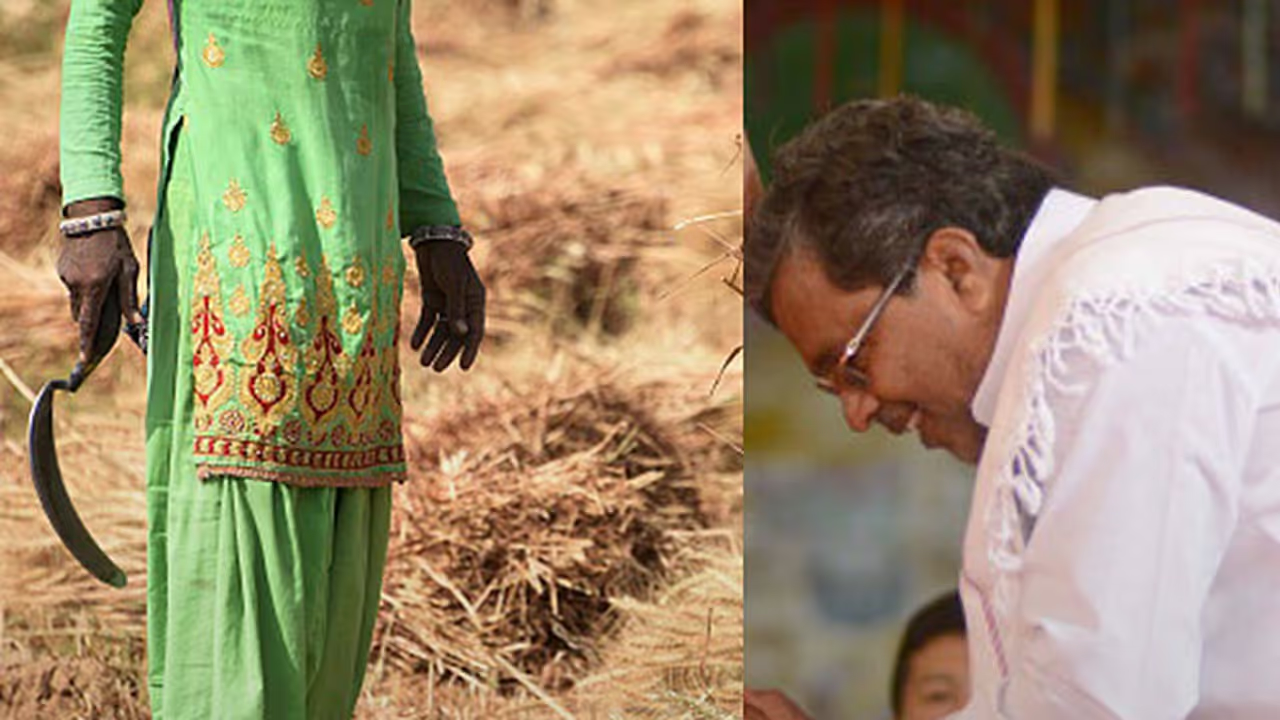UP farmers are benefitting from the money sent to the Centre as tax from Karnataka, Tamil Nadu, Maharashtra and Gujarat These four states contribute 50 percent of the total taxes sent to the Centre; 32 states, UTs together contribute the rest 50 pc Out of total tax, 58 pc remains with Centre and rest 42 pc is divided among all the states Karnataka gets only 47 rupees back for every 100 rupees sent but UP gets Rs 200, and Bihar gets Rs 400 Here are the complete details about the tax system and how Karnataka, Tamil Nadu are losing out on taxes
The economy rules are complex, and it is difficult for the common man to understand the intricacies of taxes paid to the centre and returns given to the states.

Even in terms of loan waiver, it depends on how much a state is getting back from the Centre. Here are some details, which will simplify the process of states paying tax to the Centre and getting some amount in return. Whether it is drought relief or waiving off farmers loans this has a direct impact on the state’s decision.
Here you can understand how difficult it is for Karnataka to waive off (irrespective of the government in the state) farmers loans. The opposition parties BJP and JD(S) have criticised Karnataka Chief Minister Siddaramaiah’s announcement to waive off small farmers loan up to Rs 50,000. However, these statistics will make it clear why it is difficult for Karnataka to take the decision, while Uttar Pradesh did not even think twice before making such an announcement.
For any state to waive off loans, it has to borrow the money. To borrow it the state needs a guarantor. Usually centre is the guarantor for the state. But for the Centre to be in a state to provide a guarantee, it should have enough money.
Thus, the Centre gets money through the states which pay their taxes which is called ‘Central Tax’ in the form of five kinds of taxes.
1) Personal Income Tax
2) Corporate Tax
3) Sales Tax
4) Excise Tax
5) Service Tax
According to the statistics from an expert in Bloomberg, just four states contribute more than 50% of the Central Tax Revenues. The amount of taxes paid to the Centre through taxes by the four states is equal to that of rest of the 32 states combined in the country. These states are Karnataka, Tamil Nadu, Maharashtra and Gujarat.
An average person in Maharashtra gives Rs 32,000 as tax to the Centre. The average resident in Karnataka, Tamil Nadu and Gujarat contributes around Rs 20,000 a year.
Uttar Pradesh, Madhya Pradesh, Bihar and West Bengal contribute just Rs 6,000 a year to the Centre as taxes.
Out of the total taxes which go to the Centre, 58 percent remains with the Centre itself and divides the rest of 42 percent among all the states. In the case of Maharashtra for every 100 rupees sent to the Centre, only Rs 15 comes back. Tamil Nadu gets Rs 34 per 100 rupees sent to the Centre. Karnataka gets Rs 47 back for 100 rupees it gives to the Centre.
But UP gets Rs 200 back from the Centre for the 100 rupees tax it has paid to the Centre. Bihar gets Rs 400 back for the 100 rupees it has sent.
Thus UP could easily announce farm loan waiver for 15 million farmers at the cost of Rs 36,000 crore because it gets more returns than it spends.
Thus technically, the four states Maharashtra, Karnataka, Tamil Nadu and Gujarat are contributing to the money waived off for the UP farmers. The UP farmers are literally benefitting (and the Yogi government taking credit) from the hard earned money of workers including farmers of Karnataka, Maharashra, Tamil Nadu and Gujarat.
